Quadratus Femoris Muscle
What is Quadratus femoris muscle?
The Quadratus femoris is a flat, rectangular shape located in the posterior (back) aspect of the hip joint. It is a member of the lateral, or external, rotators of the thigh muscle group.
The quadratus femoris is a small muscle that performs numerous important functions; When the lower limb is in the anatomical position, it produces external rotation of the thigh in the hip joint and stabilizes the hip joint by holding the head of the femur in place. In specific positions, the quadratus femoris can likewise aid the action of abduction and adduction.
Origin of Quadratus femoris muscle
Obturator ring margin lateral to ischial tuberosity
Insertion
Quadrate tubercle and the intertrochanteric crest of the proximal posterior femur’s adjacent bone
Relations
The gluteus maximus muscle covers the posterior surface of the quadratus femoris, as it does with all of the small deep gluteal muscles. The tendon of the obturator externus muscle, which separates the quadratus femoris muscle from the capsule of the hip joint, is close to the quadratus femoris muscle in the anterior position.
The quadratus femoris is the hip’s external rotator, and it is located directly below the gemellus inferior muscle. It is located most inferiorly. The superior border of the adductor magnus and the inferior quadratus femoris are parallel in this location. Between these two muscles is a gap; which the medial circumflex artery travels through. The gap disappears when these two muscles fuse on occasion. A bursa might be found between the quadratus femoris muscle and the lesser trochanter.
Close to the addition of the quadratus femoris the cruciate anastomosis (the anastomosis among the gluteal artery, the medial and lateral circumflex artery, and the first perforating artery) is found.
Innervation
The quadratus femoris nerve innervates the quadratus femoris muscle. The sacral plexus-derived spinal nerves L4-S1 are the source of this. This nerve supplies the hip joint and the gemellus inferior muscle in addition to the quadratus femoris.
Blood supply
The large internal iliac artery branch known as the inferior gluteal artery provides the majority of the blood supply to the quadratus femoris. The medial circumflex femoral artery’s descending branch can supply the muscle’s smaller portion. The inferior gluteal vein, which is a tributary of the internal iliac vein, drains the venous blood.
Function of Quadratus femoris muscle
The quadratus femoris muscle’s primary action is external (lateral) thigh rotation. Despite its small size, this hip rotator is quite powerful and works in concert with the other external rotators; muscles of the obturator internus, piriformis, superior and inferior gemellus, and gluteus maximus. The iliofemoral ligament and antagonistic muscles limit the strength of the external rotation of the thigh that is produced by these muscles working together to produce a strong thigh.
The quadratus femoris muscle is unique in that it can support leg adduction and abduction simultaneously. The quadratus femoris, pectineus, and gluteus maximus inferior fibers help the thigh adductor muscles (adductor longus, magnus, and brevis) adduct the thigh at the hip joint when the leg is in the anatomical position. On the other hand, the quadratus femoris, piriformis, superior and inferior gemelli, obturator internus, and obturator externus all work together to abduct the thigh when the hip is flexed.
Because of its particular area inside the hip joint, the quadratus femoris muscle is one of the main stabilizers of this joint. It prevents injuries in a variety of activities because it holds the femur’s head in place.
Clinical relations
Groin pain
Due to the presence of multiple structures that perform synergistic functions, groin pain is a condition that is quite common and incapacitating. It is often difficult to diagnose without medical imaging. One known reason for serious aches in this part is tendinitis of the quadratus femoris muscle. Magnetic resonance imaging (MRI) is frequently required for the diagnosis process, so accurate diagnosis and treatment of this condition are typically postponed.
- Groin pain
- Groin Strain
- Muscle tear
- Tendinitis
- Ischiofemoral impingement
Quadratus femoris muscle stretching
Supine hip rotator stretch
Lay on your back on the ground. Keep your feet together and spread your arms out to the sides. Lift the right leg until it is 90 degrees from the hip joint and the foot is pointed in the direction of the face. Take a deep breath while remaining in this position. The leg should be extended to the right. Keep your leg straight, and lower it as low as conceivable without moving the body. Take a long, slow breath while maintaining the full range of motion. Lift one leg. Bring it across the body quite far without moving. During the stretch, take a long, slow breath. Bring the leg back straight up, and lower it to the cold earth. For two sets, perform five to six repetitions on each side.
Quadratus femoris muscle strengthening exercise
Banded side plank clamshell
This is a hip abductor and core stability workout. Start in a half-side plank position by securing a band around both knees. As you rotate the internal external rotation and abduction of the top thigh, keep both knees bent and your heels together. To complete a repetition, return to your beginning position.
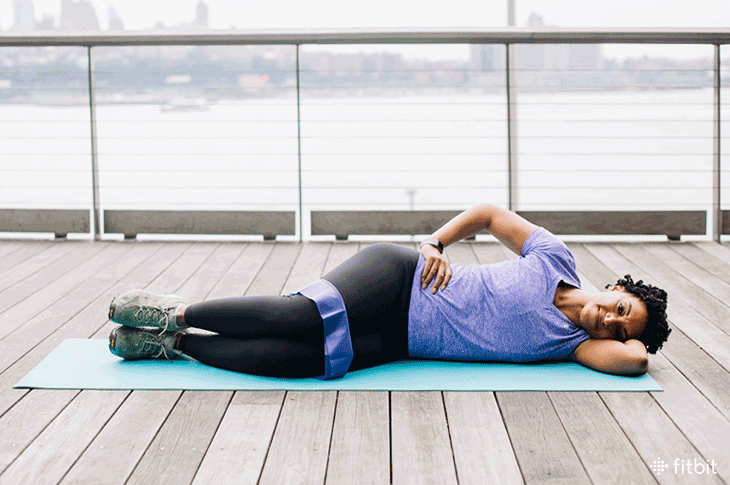
90/90 front leg lift
The hips will be strengthened during this external rotation end-range exercise. Start by supporting yourself with one elbow on the floor and bending your front hip to 90 degrees, keeping the path leg in a neutral hip position. 90-degree knee flexion is required. Raise the front leg’s foot off of the ground while nailing its knee to the floor. Lower the leg slowly back to the floor after holding the highest point for up to five seconds.
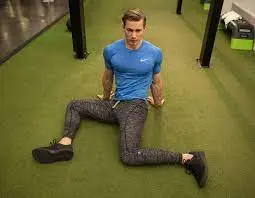
Dowel hip internal rotation
During hip flexion, the external rotators of the hip are the focus of this hip-assisted stretching exercise. You will need a broomstick or dowel, as well as a chair or bench. Sit down and place a dowel against your inner heel and outer thigh to wrap your leg around it. Drive the hip into the end-range hip internal rotation while maintaining contact and utilizing your hands. Maintain this position for as long as 30 seconds or 3-5 breaths and recount between 3-5 times depending on the situation. Internal rotation is usually about 45 degrees. Keep a 90-degree twist in the knee.
Dowel 90/90
The external rotators of the hip will be stretched during this assisted hip internal rotation exercise. To begin, sit in a 90/90 position with both knees bent to 90 degrees. The front leg ought to be pivoted so the inward knee lays on the floor and the path leg ought to be turned with the goal that the external thigh lays on the floor. Use your thigh as a lever to lift the foot off the ground and bring the hip into internal rotation. Put a dowel under the base of your ankle. This should be held for 20 to 30 seconds before being repeated as necessary.
Side-lying hip rotation
Rotation is the primary focus of this hip active range of motion exercise. To begin, lie on your side and flex your top hip forward to a maximum of 90 degrees (or more, depending on your current objectives). Hold the thigh in the air and pivot it with the goal that the foot moves towards the roof and inside turn the hip. Then lower the foot towards the floor to pivot the hip externally.
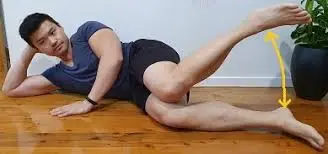
Frog bridge
The Frog Bridge exercise is a modified version of the Glute Bridge and Hip Thruster that works your hip external rotators. As you raise the pelvis off the ground, you will feel the muscles in your buttocks join together. To set up place your feet alongside your knees spread isolated at shoulder distance. The position is knee bending at 90 degrees. Engage your gluteus maximus muscle by bracing your core as you lift your pelvis off the floor.
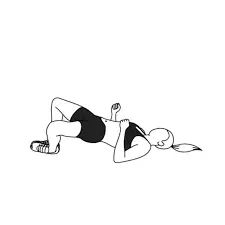
FAQ
What muscle is the main antagonist to quadratus femoris?
According to these findings, longer muscles had higher activation levels of an agonist (quadriceps femoris muscle) and co-activation levels of an antagonist (biceps femoris muscle).
Is the quadratus femoris nerve motor or sensory?
The quadratus femoris muscle and the inferior gemellus muscle receive motor innervation from the quadratus femoris nerve. It likewise gives tangible innervation to the hip joint.
Can the quadratus femoris be torn?
Quadratus femoris tears are remarkable wounds that typically cause hip aches, yet the genuine frequency is unknown. It is difficult to make an accurate diagnosis because the injury may be acute or chronic and cause posterior gluteal pain, groin pain, or both simultaneously.
What causes quadratus femoris to be problematic?
Buttock pain with posterior thigh pain, which is aggravated by sitting or activity, and the reproduction of buttock pain on prolonged hip flexion, adduction, and internal rotation are the primary symptoms of a severe quadratus femoris strain.
What causes pain in the quadratus femoris?
Injuries such as tears, strains, and ruptures are frequently brought on by inadequate warming up, a traumatic fall or accident, muscle fatigue, and cold-weather activity. Normal medicines for injury incorporate rest, NSAIDs, and extending.



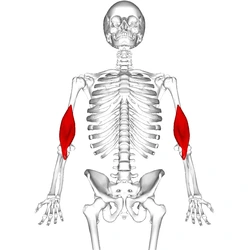
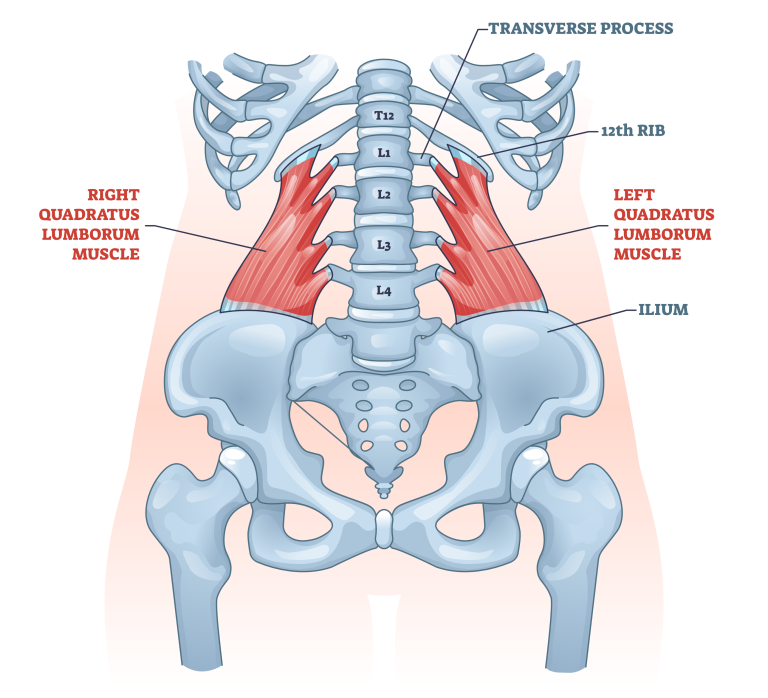
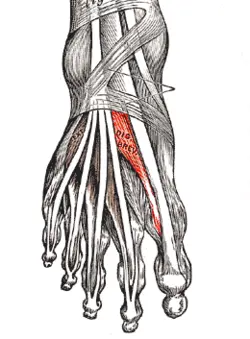
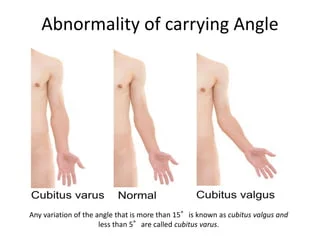
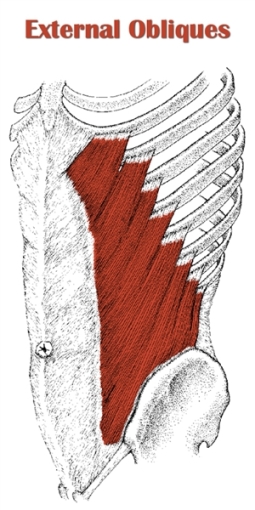
5 Comments